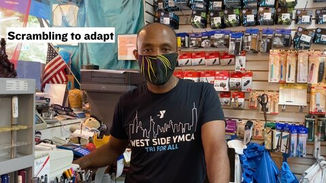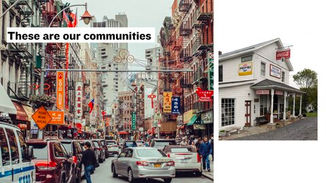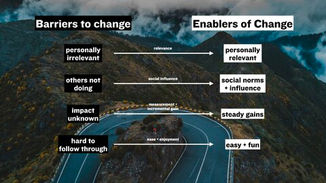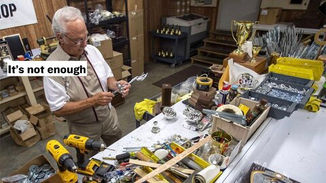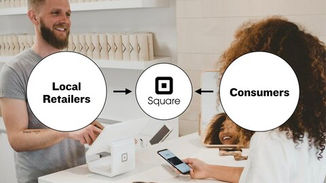top of page


Sidewalk
Brand Design + Strategy
SVA Masters in Branding Thesis
Futures of Nearness: Retail
Background
Some of the country’s most important companies were launched during times of adversity- General Electric, P&G, IBM, General Motors, and FedEx were all born in times of economic turbulence. Those who returned from World War II formed "The Greatest Generation." Square, WhatsApp, and Slack were all founded around the the financial crash of 2008. Now, as Covid-19 has spread to every corner of the world, we’re again in the midst of one of these moments of profound upheaval. In this moment, we have both the need and the opportunity to seize it to profoundly reshape the future.
How can we then use branding to reimagine a future where connection to each other and to the world at large, continues to fuel our humanity? What is the future of nearness in retail in the post-Covid world? What should we bring with us through this portal and what should we leave behind?
“Historically, pandemics have forced humans to break with the past and imagine their world anew. This one is no different. It is a portal, a gateway between one world and the next. We can choose to walk through it, dragging the carcasses of our prejudice and hatred, our avarice, our data banks and dead ideas, our dead rivers and smoky skies behind us. Or we can walk through lightly, with little luggage, ready to imagine another world. And ready to fight for it.”
-Arundhati Roy,
The Pandemic is a Portal
See the full presentation here.
4. March 2020
1. Introduction
2. The Evolution
5. Opportunity + Strategy
3. The State of Retail
6. The Future
7. Creative



Sidewalk Shop acts as an online one-stop-shop where people can access all of the local retailers in their communities.They can order everything they need from multiple stores at once and have it delivered or available for pickup at a designated location.


On Sidewalk Shop, people can shop by category, by store, or search for a specific item.


The Loop is a Sidewalk endeavor to encourage sustainability, make shopping local accessible at more price points, and increase in-store foot traffic. The Loop gives stores the opportunity to easily participate in circular retail, which keeps items in circulation instead of a landfill.


Successful behavior change involves making a commitment and setting a goal. The Sidewalk Pledge serves as this starting point. People will sign the pledge and set a goal of how much they wish to spend locally every month. They'll register to have a set dollar amount automatically transferred each month to their Sidewalk Card, a prepaid card that works at local businesses only.



To make their commitment to shopping local public, people who take the Sidewalk Pledge will receive a bumper sticker and tote bag.

By showing people the impact their local spending can have, and leveraging the power of social influence, Tally will play a crucial role in helping people form new habits and behaviors. Shoppers can see how close they are to their monthly goal and how their local spending compares with their friends and family. They will be able to form teams and compete– gamifying the experience so it’s easy and fun. Tally users will also be able to monitor how close their community is to its goal, and see how their individual spending has contributed.
The “Shop where you matter”
campaign is both educational (reinforcing people’s financial impact) and emotional (reinforcing the importance of people’s presence to their local businesses). The creative for the educational “Shop where you matter” OOH, print, and digital campaign uses infographics to show people how where they shop affects their community. Each creative is locally customized– comparing the community benefit of shopping local versus a chain alternative.

The nostalgic "Shop where you matter" TV spot reminds viewers what they love about shopping locally and what it means to their communities when they do.
bottom of page






